Understanding Seller Financing: A Simpler Path to Buying and Selling Land or Property
Skip the bank, work together, and close the deal with confidence.
In today’s real estate market, getting a loan through a traditional bank isn’t always easy—especially for land purchases or non-traditional properties. That’s where seller financing can be a game-changer.
Whether you’re a buyer trying to secure land or a seller looking to get creative and move a listing, here’s what you need to know.
What is Seller Financing?
Seller financing—also known as owner financing—is when the seller of the property acts as the lender. Instead of the buyer getting a loan from a bank, the buyer makes payments directly to the seller over time. It’s like the seller is holding the mortgage.
It usually works like this:
Buyer makes a down payment (often 10–30%)
Buyer and seller agree on monthly (or scheduled) payments
There’s often a balloon payment at the end (a lump sum)
Once it’s fully paid, the buyer owns the property outright
It’s a great way to create a win-win, especially when traditional financing isn’t a fit.
Why Buyers Might Like Seller Financing
✅ Easier qualification – No bank approvals, credit checks, or long underwriting processes
✅ Faster closing – Less red tape means a quicker path to ownership
✅ More flexible terms – Buyers can often negotiate payment schedules, interest, and length of term
✅ Opportunity to own now – Even if you’re working on building credit or need time to qualify for a loan later
Why Sellers Might Offer Seller Financing
✅ Reach more buyers – You’ll attract buyers who may not qualify for a traditional loan
✅ Monthly income – Collect interest and steady payments, often at better returns than savings accounts
✅ Faster sale – Especially helpful for land or unique properties that may not qualify for bank loans
✅ Negotiating power – You set the terms, interest rate, and payment structure
Tips for Buyers
Understand the full cost – Know the interest rate, total repayment, and balloon payment (if any).
Get it in writing – Always use a real estate attorney or licensed broker to draft a clear contract.
Do your homework – Check for liens, zoning restrictions, and property access.
Be realistic – Make sure the monthly payment fits your budget.
Treat it like a mortgage – Missing payments could mean losing the property, just like a bank loan.
Tips for Sellers
Screen your buyer – You still want to verify income and reliability, even if you're not a bank.
Use a promissory note and deed of trust – These protect your interest in the property until it’s fully paid.
Consider a balloon payment – This helps you get the rest of the money within a few years.
Work with professionals – Use an attorney or broker experienced in seller financing deals.
Make sure you’re okay being the bank – You’ll need to track payments and possibly handle collections.
Final Thoughts
Seller financing isn’t for everyone, but in the right situation, it can open doors—literally. It’s a creative tool that gives buyers a path to ownership and helps sellers move property without waiting on a bank.
If you're thinking about offering or using seller financing, reach out—I’d be happy to walk you through the details and help set it up the right way.






